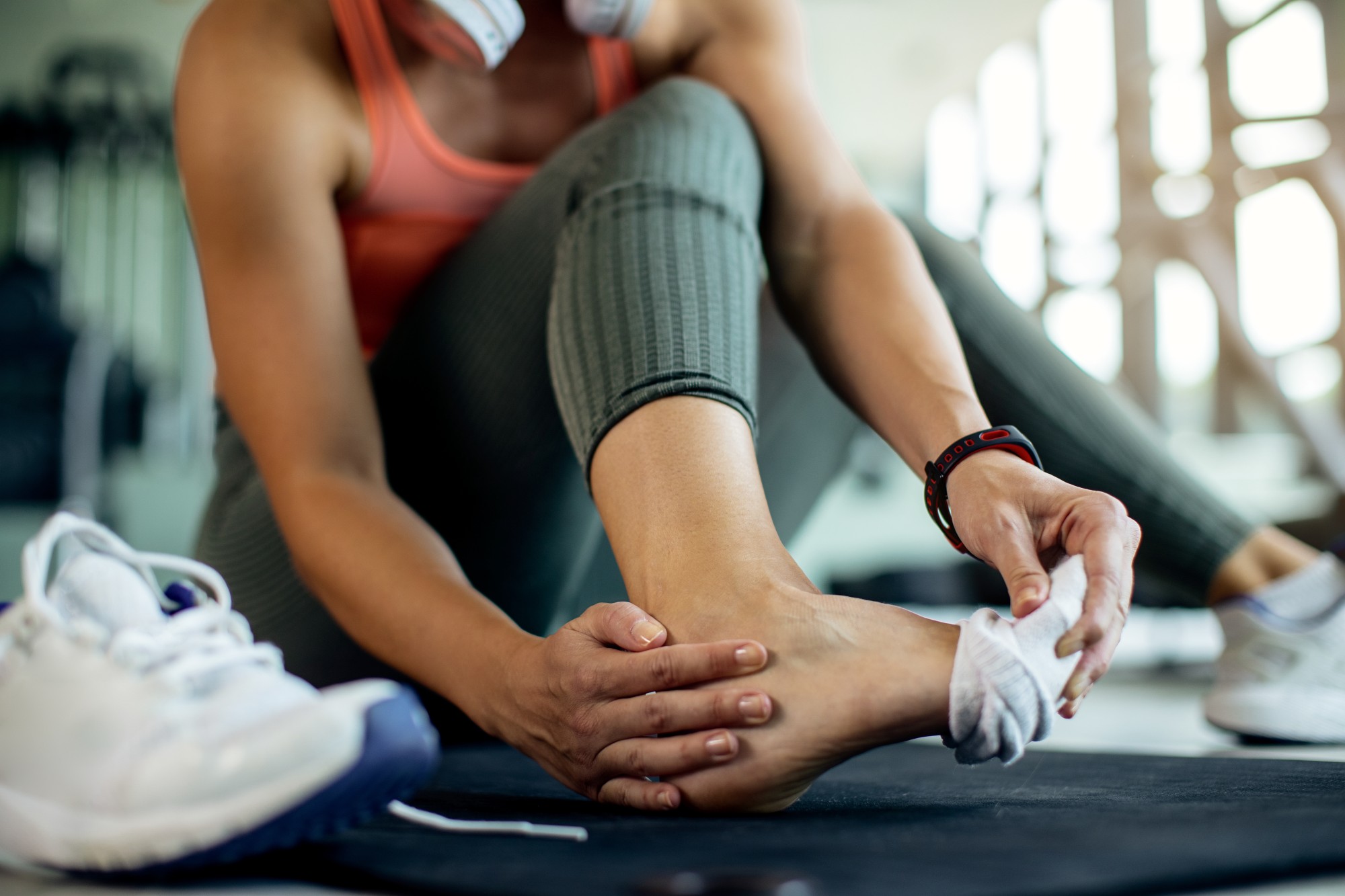Our feet and ankles are often taken for granted until they start causing us pain or discomfort. These crucial body parts play a significant role in our daily lives, supporting our body weight and enabling us to move. When orthopedic concerns arise in our feet and ankles, they can significantly impact our mobility and overall well-being. In this blog post, we’ll explore common feet and ankle orthopedic concerns and provide tips on how to keep your feet happy and healthy.
Common Feet and Ankle Orthopedic Concerns:
- Plantar Fasciitis: Plantar fasciitis is a painful condition characterized by inflammation of the plantar fascia, a band of tissue that runs along the bottom of the foot. It often manifests as heel pain, particularly in the morning. Proper footwear, stretching exercises, and orthotic inserts can help alleviate this discomfort.
- Ankle Sprains: Ankle sprains occur when the ligaments supporting the ankle joint are stretched or torn. These injuries can range from mild to severe and may require rest, ice, compression, and physical therapy for recovery. Wearing ankle braces during physical activities can help prevent sprains.
- Achilles Tendonitis: The Achilles tendon, which connects the calf muscles to the heel bone, can become inflamed, leading to Achilles tendonitis. This condition can cause pain and stiffness in the back of the ankle. Rest, stretching exercises, and proper footwear are essential for managing and preventing Achilles tendonitis.
- Bunions: Bunions are bony bumps that form at the base of the big toe. They can be painful and make wearing certain shoes uncomfortable. In severe cases, surgery may be necessary to correct the deformity. Choosing shoes with a wider toe box and using protective pads can help alleviate bunion-related discomfort.
- Hammer Toes: Hammer toes occur when the toe joints bend abnormally, causing the toes to curl or point downward. This condition can be painful and affect your walking comfort. Toe exercises, splints, and shoe modifications can provide relief for mild cases, while more severe cases may require surgery.
Tips for Maintaining Healthy Feet and Ankles:
- Choose Proper Footwear: Invest in shoes that provide adequate arch support, cushioning, and a comfortable fit. Avoid high heels and shoes that squeeze or cramp your toes.
- Stretch and Strengthen: Incorporate regular stretching and strengthening exercises into your routine to improve the flexibility and stability of your feet and ankles. Simple exercises like toe curls, ankle circles, and calf stretches can be beneficial.
- Maintain a Healthy Weight: Excess body weight places additional stress on your feet and ankles, increasing the risk of orthopedic concerns. Maintain a healthy weight through a balanced diet and regular exercise.
- Regular Check-ups: Schedule regular check-ups with a podiatrist or orthopedic specialist to monitor the health of your feet and ankles, especially if you have a history of orthopedic concerns or foot-related issues.
By paying attention to your feet and ankles and taking proactive steps to prevent and address orthopedic concerns, you can keep your “happy feet” ready for all of life’s adventures.
Remember, if you experience persistent pain or discomfort in your feet or ankles, it’s essential to seek professional medical advice for an accurate diagnosis and tailored treatment plan. Your feet deserve the best care to support your active and healthy lifestyle.


